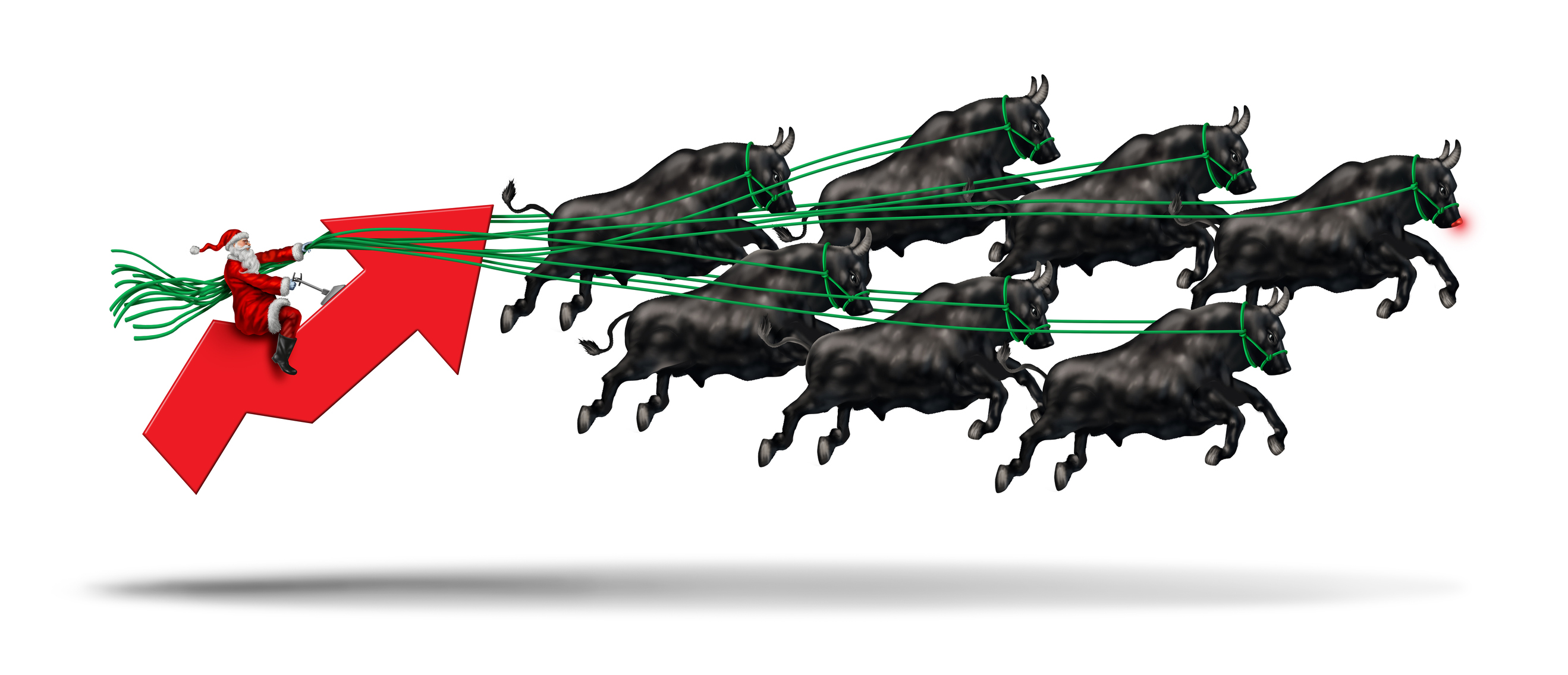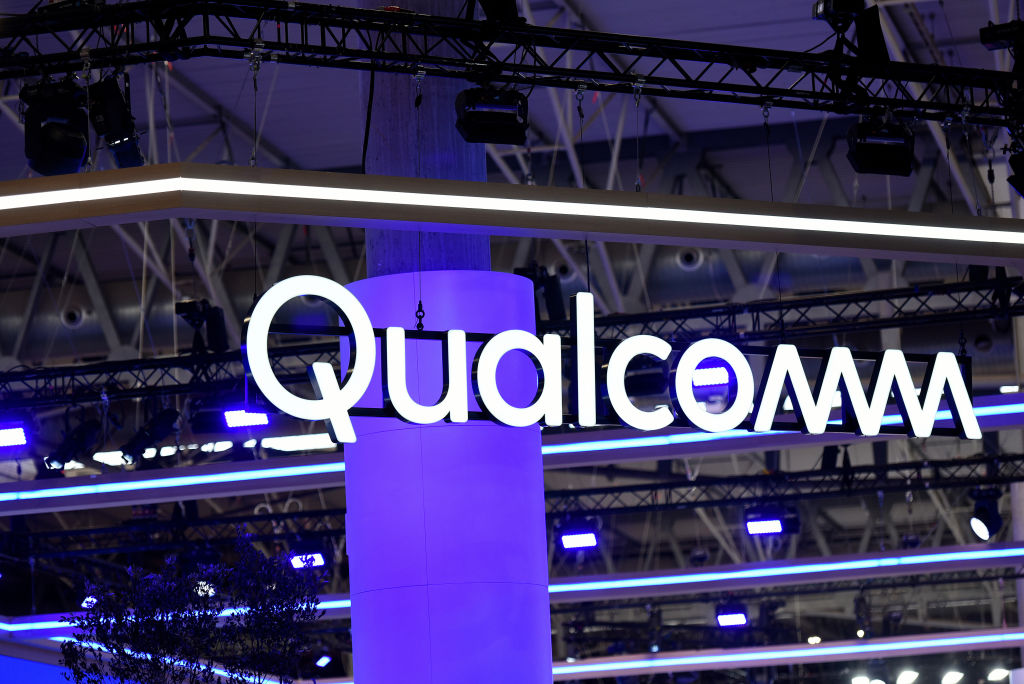J&J’s Corporate Split: Just Another Big, Blue-Chip Breakup
Johnson & Johnson is the latest in a line of mega-cap household names that have split their businesses in a bid to boost growth.


Buy-and-hold dividend investors may be forgiven if they feel like they're having déjà vu all over again. After all, if it seems like many of our most iconic blue-chip dividend payers are getting smaller by the day ... well, it's because they are.
Healthcare giant Johnson & Johnson (JNJ, $163.06) announced Friday its intention to split itself into two separate companies, joining an increasingly long list of illustrious firms that are breaking up to boost growth.
The move comes just a day after General Electric (GE, $107.00) said it would cleave itself into three firms over the next few years.
From just $107.88 $24.99 for Kiplinger Personal Finance
Become a smarter, better informed investor. Subscribe from just $107.88 $24.99, plus get up to 4 Special Issues

Sign up for Kiplinger’s Free Newsletters
Profit and prosper with the best of expert advice on investing, taxes, retirement, personal finance and more - straight to your e-mail.
Profit and prosper with the best of expert advice - straight to your e-mail.
The trend hardly ends there. In fact, there's no shortage of Dow stocks, former Dow stocks, S&P 500 Dividend Aristocrats (companies that have increased their payouts annually for at least 25 years) and other dividend stalwarts that are trying to achieve addition by division.
More on that in a moment.
Johnson & Johnson’s Plan
In the most recent case, Johnson & Johnson plans to break off its consumer health business – the one that makes Tylenol, Band-Aid and Listerine – from its pharmaceutical and medical devices units. Those latter two businesses will retain the Johnson & Johnson name and be more closely aligned with each other, JNJ says.
J&J’s intent – as is pretty much always the case with these sorts of breakups – is to liberate faster-growth, higher-margin businesses from the drag of slower-growth, lower-margin businesses.
We've been seeing a lot of this lately, especially with some of investors' favorite blue-chip dividend stocks, which J&J certainly qualifies as. This Dow Jones component is as reliable a dividend grower as they come. It's also a member of the S&P 500 Dividend Aristocrats, having increased its payout for 59 consecutive years.
It remains to be seen which of the resultant companies would inherit J&J’s Dividend Aristocrats membership card.
Big, Blue-Chip Breakups
As for General Electric, which announced its own separation just a day before the JNJ news, sure, it ain't what it used to be. But it still fits with the trend. It's an iconic dividend stock, and was an original member of the Dow, dating back to 1896. True, GE was dropped from the Dow in 2018, but it has retained at least some of its blue-chip luster.
Then there's Big Blue. International Business Machines (IBM, $120.27) is both a Dow stock and a member of the Dividend Aristocrats, with a 26-year dividend-growth streak of its own. It bulked up big time with its $34 billion acquisition of Red Hat in 2019. The deal is supposed to help the legacy technology company compete in the lucrative cloud-based services industry. And so IBM's spinoff of its boring managed infrastructure services unit – called Kyndryl Holdings (KD, $21.30) – was a logical next step.
Or consider the case of AT&T (T, $24.92). T is no longer in the Dow, having been removed from the average (for the third time in its history) in 2015. Although it's still a Dividend Aristocrat by dint of 36 straight years of dividend growth, that streak appears to be coming to an end. The telecommunications giant spun off both DirecTV and WarnerMedia earlier this year. Without contributions from those businesses, AT&T's dividend will naturally have to come down, analysts say.
Getting back to the healthcare sector, Merck (MRK, $84.02) is a Dow stock with a decade of annual dividend growth to its credit. Earlier this year, the pharmaceutical giant spun off its women's health business as publicly traded Organon (ORG, $34.72).
Indeed, JNJ is really just following in the footsteps of Merck and former Dow stock Pfizer (PFE, $50.18), both of which have already moved to free themselves from their less profitable businesses. Pfizer, for example, spun off Upjohn in 2020 and merged it with Mylan to form Viatris (VTRS, $14.46).
Viatris' portfolio includes some of the best-selling drugs of all time, such as Lipitor and Viagra. But mature, off-patent medications aren't known for their spectacular margin and growth profiles.
We could go on, but the bottom line for dividend investors is that the multifaceted companies that once produced both income and growth are increasingly being split to unlock value. And in turn, that’s forcing investors to decide which parts of these legacy companies (if any) to continue holding.
Share prices are as of Nov. 11.
Profit and prosper with the best of Kiplinger's advice on investing, taxes, retirement, personal finance and much more. Delivered daily. Enter your email in the box and click Sign Me Up.

Dan Burrows is Kiplinger's senior investing writer, having joined the publication full time in 2016.
A long-time financial journalist, Dan is a veteran of MarketWatch, CBS MoneyWatch, SmartMoney, InvestorPlace, DailyFinance and other tier 1 national publications. He has written for The Wall Street Journal, Bloomberg and Consumer Reports and his stories have appeared in the New York Daily News, the San Jose Mercury News and Investor's Business Daily, among many other outlets. As a senior writer at AOL's DailyFinance, Dan reported market news from the floor of the New York Stock Exchange.
Once upon a time – before his days as a financial reporter and assistant financial editor at legendary fashion trade paper Women's Wear Daily – Dan worked for Spy magazine, scribbled away at Time Inc. and contributed to Maxim magazine back when lad mags were a thing. He's also written for Esquire magazine's Dubious Achievements Awards.
In his current role at Kiplinger, Dan writes about markets and macroeconomics.
Dan holds a bachelor's degree from Oberlin College and a master's degree from Columbia University.
Disclosure: Dan does not trade individual stocks or securities. He is eternally long the U.S equity market, primarily through tax-advantaged accounts.
-
 The Santa Claus Rally Officially Begins: Stock Market Today
The Santa Claus Rally Officially Begins: Stock Market TodayThe Santa Claus Rally is officially on as of Wednesday's closing bell, and initial returns are positive.
-
 How to Leave Different Amounts to Adult Children Without Causing a Rift
How to Leave Different Amounts to Adult Children Without Causing a RiftHere’s how to leave different amounts to adult children without causing a family rift.
-
 My Retirement Learning Curve, 1 Year In
My Retirement Learning Curve, 1 Year InA retiree checks in with what they wish they knew early on and what they've changed about their plan one year in.
-
 Stocks Chop as the Unemployment Rate Jumps: Stock Market Today
Stocks Chop as the Unemployment Rate Jumps: Stock Market TodayNovember job growth was stronger than expected, but sharp losses in October and a rising unemployment rate are worrying market participants.
-
 Dow Rises 497 Points on December Rate Cut: Stock Market Today
Dow Rises 497 Points on December Rate Cut: Stock Market TodayThe basic questions for market participants and policymakers remain the same after a widely expected Fed rate cut.
-
 Stocks Slip to Start Fed Week: Stock Market Today
Stocks Slip to Start Fed Week: Stock Market TodayWhile a rate cut is widely expected this week, uncertainty is building around the Fed's future plans for monetary policy.
-
 Crypto Trends to Watch in 2026
Crypto Trends to Watch in 2026Cryptocurrency is still less than 20 years old, but it remains a fast-moving (and also maturing) market. Here are the crypto trends to watch for in 2026.
-
 If You'd Put $1,000 Into Coca-Cola Stock 20 Years Ago, Here's What You'd Have Today
If You'd Put $1,000 Into Coca-Cola Stock 20 Years Ago, Here's What You'd Have TodayEven with its reliable dividend growth and generous stock buybacks, Coca-Cola has underperformed the broad market in the long term.
-
 What Fed Rate Cuts Mean For Fixed-Income Investors
What Fed Rate Cuts Mean For Fixed-Income InvestorsThe Fed's rate-cutting campaign has the fixed-income market set for an encore of Q4 2024.
-
 If You Put $1,000 into Qualcomm Stock 20 Years Ago, Here's What You Would Have Today
If You Put $1,000 into Qualcomm Stock 20 Years Ago, Here's What You Would Have TodayQualcomm stock has been a big disappointment for truly long-term investors.
-
 Risk Is Off Again, Dow Falls 397 Points: Stock Market Today
Risk Is Off Again, Dow Falls 397 Points: Stock Market TodayMarket participants are weighing still-solid earnings against both expectations and an increasingly opaque economic picture.